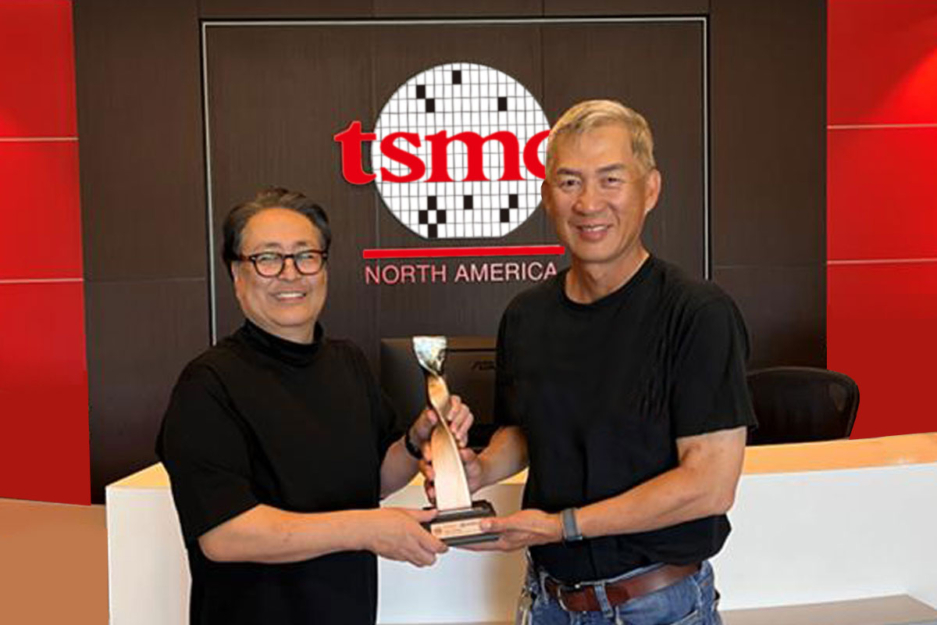
With as many as 2MB of MRAM and 1.8MB of SRAM, the Apollo4 Blue has in excess of sufficient compute and storage to manage complicated algorithms and neural networks when displaying lively, crystal-apparent, and easy graphics.
Furthermore, designers can securely create and deploy items confidently with our secureSPOT® technological know-how and PSA-L1 certification.
With nearly 2MB of MRAM and a couple of.75MB of SRAM, the Apollo4 Plus has in excess of more than enough compute ability and storage to manage elaborate algorithms and neural networks though exhibiting vivid, crystal-apparent, and easy graphics.
About the return to Earth, a bearing within the Guam monitoring station failed, possibly avoiding conversation on the final phase of your Earth return. A regular restore was not possible while in the readily available time though the station director, Charles Drive, experienced his ten-year-old son Greg use his little hands to reach in to the housing and pack it with grease. Greg was later on thanked by Armstrong.[179] Splashdown and quarantine
Following the Apollo 11 mission, officials through the Soviet Union claimed landing individuals to the Moon was perilous and unnecessary. At the time the Soviet Union was attempting to retrieve lunar samples robotically. The Soviets publicly denied there was a race towards the Moon, and indicated they were not creating an endeavor.[228] Mstislav Keldysh said in July 1969, "We are concentrating wholly about the creation of enormous satellite programs.
Inside the aftermath with the Jan. 27 Apollo 1 hearth, on Feb. thirteen staff eradicated the spacecraft in the rocket and returned it for the MSOB so engineers could inspect the CM for virtually any possible wiring problems much like the one that brought about the hearth. This also provided an opportunity to destack the S-IVB plus the S-II spacer, changing the latter on Feb.
This Template lists historical, existing, and foreseeable future House rockets that at least as soon as attempted (but not automatically succeeded in) an orbital start or that happen to be prepared to aim such a launch in the future
EDBI led Ambiq's Sequence E fundraising in 2018, and has become a reliable pillar of help to the organization’s regional marketplace enlargement designs, specifically the build up of its APAC base in Singapore.
But it really wasn’t extensive in advance of this approach fell outside of favour. With spacecraft 014, the spacecraft for Apollo two, slipping terribly powering, several commenced questioning the value of flying a second Block I mission. There wasn’t an excessive amount of the company could master from the Block I flight that it could then use for the Moon-bound Block II missions. Besides, NASA experienced very long deserted the apply of duplicating missions; not considering the fact that Gus Grissom adopted in Al Shepard’s suborbital contrails in 1961 had NASA duplicated a mission.
Since the opportunity to integrate wireless conversation with additional sensors and computing energy onto just one tiny chip continues to increase in wearable devices, Ambiq has and may continue to explore new strategies to appreciate the ultimate aim of the clever, related globe.
Just prior to he attained the dark side within the third orbit, Mission Handle knowledgeable Collins there was a difficulty Along with the temperature with the coolant. If it turned far too chilly, portions of Columbia could freeze. Mission Regulate recommended him to believe guide Management and employ Environmental Handle Program Malfunction Method 17. Rather, Collins flicked the switch on the system from computerized to handbook and back again to automated once more, and carried on with normal housekeeping chores, while maintaining a tally of the temperature.
Apollo four was an "all-up" take a look at, this means all rocket levels and spacecraft were being absolutely purposeful over the Original flight, a primary for NASA. It absolutely was The 1st time the S-IC initially phase and S-II 2nd stage flew.
The warmth defend was upgraded to Block II specifications given that Apollo 4's higher-speed re-entry into Earth's atmosphere was meant to simulate a return with the Moon.[29] Exclusive devices were set up to allow Mission Control to work the CSM's devices remotely, and there was a digital camera that might instantly consider pictures outside of among the list of CM's Home windows on its ultimate orbit.[30] Since Apollo four carried no crew the CM lacked couches, controls and displays.[31]
Depending on Ambiq’s products to empower your client devices to past for days, weeks, months or simply many years on one particular demand.

Get Smart. Use Less Energy.
Ultra-low power SoCs for IoT endpoint devices
that demand complex operations
and longer battery life.
✍ Ambiq® is committed to further improve the quality of life by enabling the intelligence of endpoints while further reducing carbon footprints. Ambiq – your partner in endpoint intelligence.
✯✯✯Based in Austin, San Jose, Hsinchu, Shenzhen, and Shanghai, our leadership and management teams consist of advocates, builders, enthusiasts, entrepreneurs, explorers, incubators, inventors, pioneers, protectors, thinkers, and visionaries. With a diverse spectrum of experiences and skillset, we came together and united with one goal to enable the true Internet of Things where the battery-powered endpoint devices can truly be connected intuitively and intelligently 24/7.
Ambiq Wins the Demo of the Year Award at 2023 TSMC Technology Symposium
September 7, 2023, Austin, TX – Ambiq®, a leading developer of ultra-low-power semiconductor ambiq semiconductor solutions that deliver a multifold increase in energy efficiency, was awarded the Demo of the Year Award by TSMC as a participant of the Innovation Zone at the 2023 TSMC North America Technology Symposium.
Ambiq Wins the Demo of the Year Award at 2023 TSMC Technology Symposium
During the April event, Ambiq showcased various product design wins using TSMC’s 22nm technology in wearables, digital health, smart home, Industrial IoT, pet trackers, and retail segments, with industry-leading energy efficiency. Ambiq also featured two live demos emphasizing its leadership in enabling endpoint AI with its HeartKit™ for remote patient monitoring and its graphics display capabilities for a vivid user interface.

TSMC pioneered the pure-play semiconductor foundry business model when it was founded in 1987, helping startup companies accelerate their innovations by providing access to the industry’s leading process technologies and manufacturing capacity. Since 2021, TSMC has expanded that mission with an Innovation Zone at its worldwide Technology Symposiums, highlighting how TSMC partners with startup companies to enable cutting-edge products from various applications, including high-performance computing, communication, automotive, IoT, and consumer segments.
“We’re grateful to TSMC and our booth visitors for allowing us to share our energy-efficient technology and processor solutions with them,” said Ambiq’s CEO, Fumihide Esaka. “We’re moving towards an exciting frontier of AI becoming more engrained with our daily lives. With that vision on the horizon, we will continue to develop innovative and first-of-its-kind ultra-low-powered solutions that keep innovation and sustainability in mind.

Ambiq’s mission is to develop the lowest-power semiconductor solutions to enable intelligent devices everywhere by developing the lowest-power semiconductor solutions to drive a more energy-efficient, sustainable, and data-driven world. Ambiq has helped leading manufacturers worldwide develop products that last weeks on a single charge (rather than days), while delivering a maximum feature set in compact industrial designs. Ambiq’s goal is to take Artificial Intelligence (AI) where it has never gone before in mobile and portable devices, using Ambiq’s advanced ultra-low power system on chip (SoC) solutions. Ambiq has shipped more than 200 million units as of March 2023.
Ambiq Designs Low-Power for Next Gen Endpoint Devices
Ambiq’s VP of Architecture and Product Planning, Dan Cermak, joins the ipXchange team at CES to discuss artificial intelligence in animal husbandry how manufacturers can improve their products with ultra-low power. As technology becomes more sophisticated, energy consumption continues to grow. Here Dan outlines how Ambiq stays ahead of the curve by planning for energy requirements 5 years in advance.
Ambiq’s VP of Architecture and Product Planning at Embedded World 2024
Facebook | Linkedin | Twitter | YouTube